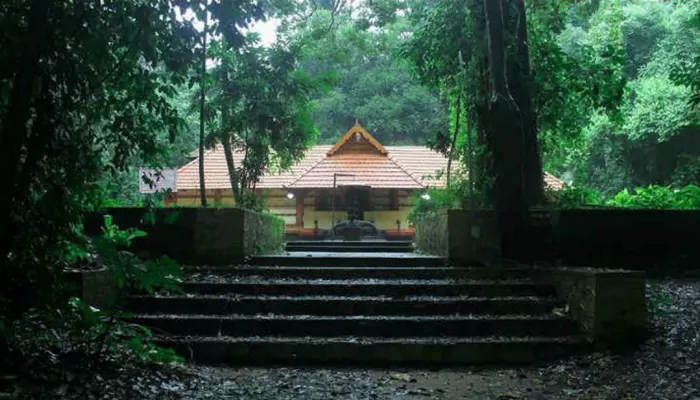Speed Breakers on the Sky? These are the 7 most Turbulent Flight Routes in the World.
- Elisa Ghosh
- 1 year ago
- 3 minutes read

Ah, the joy of flying! Soaring above the clouds, gazing out at breathtaking landscapes- it's a marvel of modern travel. But for some of us, the magic fades when turbulence hits. That "stomach-dropping" sensation as the plane dips and sways can turn a dream trip into a white-knuckled ordeal.
If you're someone who gets anxious about turbulence, knowing what to expect can be a lifesaver.
Here, we unveil the top most turbulent flight routes based on data from turbulence tracking resources like Turbulence Forecast.
Santiago (SCL)- Santa Cruz (VVI), Bolivia
Brace yourself for a bumpy ride! This 1,180-mile journey between Chile's capital and Viru Viru International Airport in Bolivia holds the dubious honour of being the most turbulent flight route globally. The culprit? The Andes Mountains. As planes navigate the air currents around these formidable peaks, turbulence becomes a frequent companion.
Almaty (ALA)- Bishkek (FRU), Kyrgyzstan
Flying over Central Asia? This route connecting Kazakhstan's largest city, Almaty, with the capital of Kyrgyzstan, Bishkek, is known for its rough patches. Mountain ranges and varying weather conditions can create unpredictable airflows, leading to a bumpy journey.
Lanzhou (LHW)- Chengdu (CTU) or Xianyang (XIY), China
Buckle up for a potentially bumpy ride within China. Several routes departing from Lanzhou LHW airport, particularly those headed towards Chengdu (CTU) or Xianyang (XIY), are notorious for turbulence. It is because the flight path takes you over mountainous regions with unpredictable air currents.
Centrair (NGO)- Sendai (SDJ), Japan
Not all turbulence is mountain-related. This route between Centrair International Airport near Nagoya (NGO) and Sendai Airport (SDJ) in Japan frequently experiences turbulence due to the jet stream. The jet stream is a band of fast-moving air high up in the atmosphere, and encountering its edges can cause bumps.
Milan (MXP)- Geneva (GVA), Switzerland
Even short European hops can be bumpy! The route between Milan's Malpensa Airport (MXP) and Geneva Cointrin International Airport (GVA) in Switzerland (while geographically scenic) can be prone to turbulence, especially during winter months. It is due to factors like jet stream activity and weather systems.
Milan (MXP)- Zurich (ZRH), Switzerland
Another contender from Italy! The flight path between Milan (MXP) and Zurich Airport (ZRH) in Switzerland can experience turbulence for similar reasons as the Milan-Geneva route.
Locations near the Equator
While not a specific route, turbulence is common for flights travelling near the equator. It is because of the Intertropical Convergence Zone (ITCZ)- a region where trade winds from the Northern and Southern hemispheres meet. This convergence creates rising air currents that can lead to bumpy rides. Popular tourist destinations near the equator, like Southeast Asia and the Caribbean, might experience more turbulence on arrival or departure.
Tips for a Smoother Flight!
Choose your seat wisely
Opt for a seat closer to the front of the plane. Turbulence is felt less intensely there.
Stay hydrated
Dehydration can worsen the effects of turbulence. Drink plenty of water throughout the flight.
Light meals
Avoid heavy meals before or during the flight, as a full stomach can contribute to nausea.
Relaxation techniques
Deep breathing exercises and progressive muscle relaxation can help manage anxiety during turbulence.
Remember, turbulence is a normal part of flying. You can minimise discomfort and ensure a more enjoyable journey by understanding the factors and taking preventive measures.
So, the next time you check the weather forecast before your flight, keep an eye out for potential turbulence- and breathe easy!








.webp)



